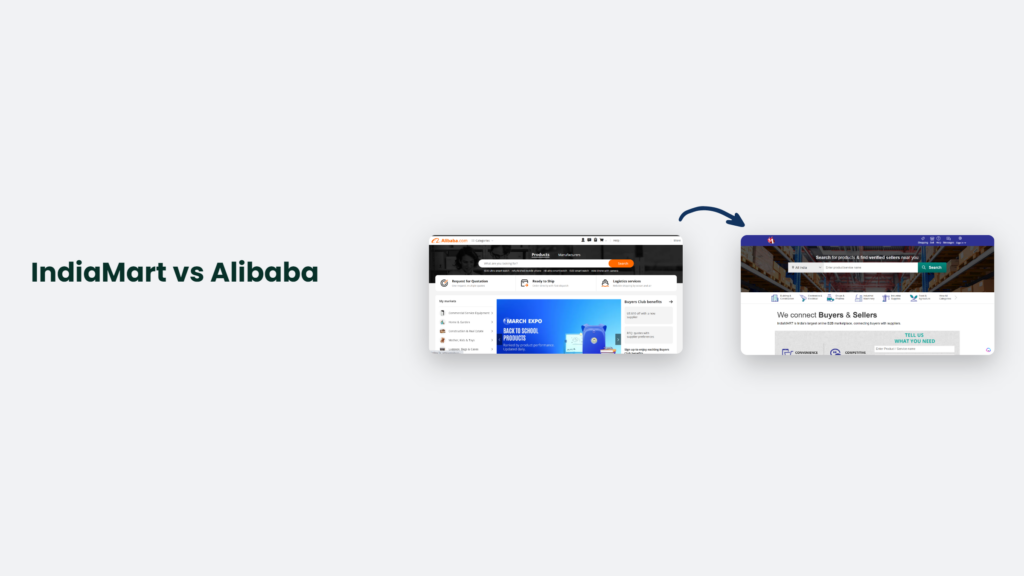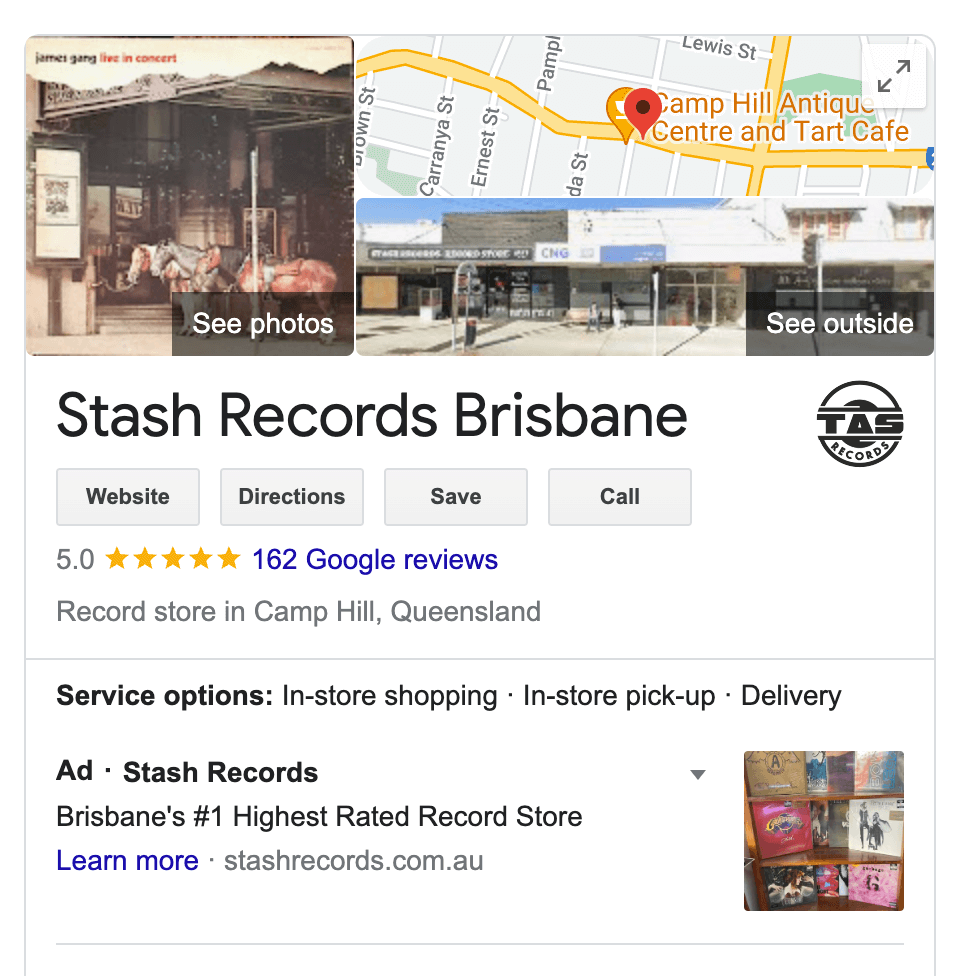

The Battle of the Bazaar: IndiaMART vs Alibaba

As Seen On
Once upon a time, in a world ruled by the likes of Amazon and eBay, two fierce competitors emerged, battling for the hearts, minds, and wallets of the global B2B market. These two titans, IndiaMART and Alibaba, rose from humble beginnings to become the David and Goliath of e-commerce.
In this epic tale of East meets East, we’ll explore the nuances, quirks, and plot twists that have led to the ultimate showdown between IndiaMART vs Alibaba. So, buckle up, grab some popcorn, and dive into the B2B e-commerce.

Act I: The Origin Stories
Once Upon a Time in IndiaMART
It all began in the mystical land of India, where our brave protagonist, IndiaMART, was born in 1996. With over a billion people, India was a land of infinite opportunities and potential buyers. However, the country’s businesses were like scattered pearls waiting to be discovered.
Enter Dinesh Agarwal, the creator of IndiaMART. He envisioned a platform connecting Indian businesses to the world, and thus, IndiaMART came into existence. In the beginning, IndiaMART was like a baby learning to crawl. Still, it wasn’t long before it started running, fueled by the power of over 10 million suppliers and a 60% market share in India.
Alibaba and the Forty Thieves of the Internet
Meanwhile, in the faraway kingdom of China, Alibaba was born in 1999. Created by the legendary Jack Ma, Alibaba was the golden goose that would lay the golden eggs of the internet. With over 20 million suppliers and a whopping 80% market share in China, Alibaba quickly became the undisputed emperor of the B2B e-commerce world.
But the thirst for world domination was strong, and Alibaba set its sights on conquering the global market. It was only a matter of time before the paths of these two giants would cross.
Act II: Clash of the Titans
The Dance of the Dragons: IndiaMART vs Alibaba
As the borders of the digital world continued to blur, IndiaMART and Alibaba found themselves locked in a dance of destiny. Both platforms had their unique strengths and weaknesses, making it a battle of wits, strategy, and cunning. Let’s break down their dance moves, shall we?
- Reach: Alibaba’s reach was massive, with over 190 countries and regions. IndiaMART, on the other hand, primarily focused on the Indian market. However, it has expanded its wings to over 100 countries, making it the proverbial tortoise in the race.
- Trust and Safety: IndiaMART took pride in its rigorous supplier verification process, ensuring its users’ utmost trust and safety. Alibaba, while also having a verification system in place, has had its fair share of counterfeit scandals.
- Fees and Membership: While Alibaba lured businesses with its “Gold Supplier” membership, which came with a hefty price tag, IndiaMART kept things simple with free and premium subscriptions.
- User Interface: Alibaba’s website was akin to a bustling bazaar, with its vibrant colours and busy layout. IndiaMART opted for a more minimalist approach, making navigation a breeze for users.
And so, the dance continued, with each platform trying to outdo the other in a quest for global domination.
The Great Wall of Data
As the battle raged on, it became apparent that data would be the ultimate weapon in this war. IndiaMART and Alibaba began collecting and analyzing data like there was no tomorrow, using it to their advantage to create targeted marketing campaigns, improve user experience, and increase customer retention.
According to a study conducted by Statista, in 2021, Alibaba boasted annual revenue of $129.4 billion, while IndiaMART lagged behind with a still respectable $94 million. However, in terms of year-over-year growth, IndiaMART outshined Alibaba with a staggering 34% increase compared to Alibaba’s 22%.
The statistics were clear – IndiaMART was the underdog with a relentless spirit, while Alibaba was the behemoth that refused to be complacent.
The Epic Battle in the Mind of the Customer
In the end, the real battleground was not between IndiaMART and Alibaba themselves but in the minds of their users. Customers pondered questions like:
- “Which platform offers the best deals?”
- “Can I trust this supplier?”
- “What if I don’t receive my order?”
These questions were like the riddles of the Sphinx, waiting to be solved by the heroes of our story.
To gain an edge in this battle of perception, IndiaMART and Alibaba turned to storytelling. They began to weave tales of trust, reliability, and success, using anecdotes, testimonials, and case studies as their weapons of choice.
The Moral of the Story
As we close the curtains on this tale of IndiaMART vs. Alibaba, let’s remember the lessons learned from their epic battle:
- There is no one-size-fits-all solution in the world of B2B e-commerce. Different businesses have different needs and preferences, and IndiaMART and Alibaba have unique offerings.
- Trust and safety are paramount in online transactions. Do your research and communicate with suppliers to minimize risks.
- Embrace the power of storytelling, humour, and metaphors to engage with your audience and create memorable experiences.
And so, our heroes, IndiaMART and Alibaba, continued their dance of destiny, locked in an eternal struggle for the hearts, minds, and wallets of the global B2B market. Their battle served as a reminder that in the world of e-commerce, there is always room for innovation, growth, and a little bit of friendly competition.
As Shakespeare once wrote, “All the world’s a stage, and all the men and women merely players.” In this grand play of life, IndiaMART and Alibaba have shown us that sometimes, the most captivating stories are those where rivals push each other to be better, grow, and evolve.
So, as you embark on your own B2B e-commerce journey, remember to keep an open mind, trust your instincts, and never be afraid to embrace a little healthy competition.
After all, it’s not the destination but the journey that makes the story truly memorable.
The End
Frequently Asked Questions:
Is IndiaMART better than Alibaba?
It depends on your preferences and requirements. IndiaMART focuses on the Indian market but has expanded globally, while Alibaba has a wider reach. Consider factors such as trust, safety, fees, and user experience when making your decision.
Can I trust suppliers on IndiaMART and Alibaba?
Both platforms have verification systems in place. However, doing your due diligence, reading reviews, and communicating with suppliers before making a transaction is always recommended.
Are there any hidden fees on IndiaMART or Alibaba?
IndiaMART offers free and premium subscriptions, while Alibaba has a Gold Supplier membership. Be sure to read the terms and conditions to avoid any surprises.
The Afterword: The Future of B2B E-commerce
As our tale of IndiaMART and Alibaba comes to a close, we cannot help but wonder what the future holds for the world of B2B e-commerce. As technology evolves, we can expect new players to enter the scene, challenging the status quo and pushing the boundaries of what is possible.
Here are a few predictions for the future of B2B e-commerce:
- AI and Machine Learning: Integrating artificial intelligence and machine learning will revolutionize how businesses find and connect with suppliers. These technologies will enable platforms to offer personalized recommendations, streamline communication, and improve user experience.
- Blockchain and Smart Contracts: Blockchain technology will enhance transparency, trust, and security in B2B transactions. Smart contracts will automate and simplify the process, reducing the need for intermediaries and lowering business costs.
- Sustainability and Social Responsibility: As consumers become more environmentally and socially conscious, businesses must adapt. B2B platforms will increasingly emphasize sustainability and social responsibility, connecting businesses with eco-friendly suppliers and ethical sourcing options.
- Virtual Reality and Augmented Reality: Incorporating virtual and augmented reality technologies will transform how businesses interact with products and suppliers. Virtual showrooms and immersive experiences will become the new norm, allowing buyers to make more informed decisions without leaving the comfort of their homes or offices.
The future of B2B e-commerce is bright and full of possibilities, with IndiaMART, Alibaba, and other platforms leading the charge. As we continue to explore this ever-evolving landscape, one thing is certain – the spirit of innovation and competition will continue to drive progress and change, taking us to new heights and exciting adventures in the world of online trade.
And so, as we bid farewell to our heroes, IndiaMART and Alibaba, we look forward to the next chapter in this incredible journey of B2B e-commerce. May their legacy inspire future generations to dream big, take risks, and never settle for anything less than greatness.
Now, go forth and conquer the world of B2B e-commerce, dear reader, and remember – the adventure has only just begun.
Konger
Up until working with Casey, we had only had poor to mediocre experiences outsourcing work to agencies. Casey & the team at CJ&CO are the exception to the rule.
Communication was beyond great, his understanding of our vision was phenomenal, and instead of needing babysitting like the other agencies we worked with, he was not only completely dependable but also gave us sound suggestions on how to get better results, at the risk of us not needing him for the initial job we requested (absolute gem).
This has truly been the first time we worked with someone outside of our business that quickly grasped our vision, and that I could completely forget about and would still deliver above expectations.
I honestly can't wait to work in many more projects together!
Disclaimer
*The information this blog provides is for general informational purposes only and is not intended as financial or professional advice. The information may not reflect current developments and may be changed or updated without notice. Any opinions expressed on this blog are the author’s own and do not necessarily reflect the views of the author’s employer or any other organization. You should not act or rely on any information contained in this blog without first seeking the advice of a professional. No representation or warranty, express or implied, is made as to the accuracy or completeness of the information contained in this blog. The author and affiliated parties assume no liability for any errors or omissions.

